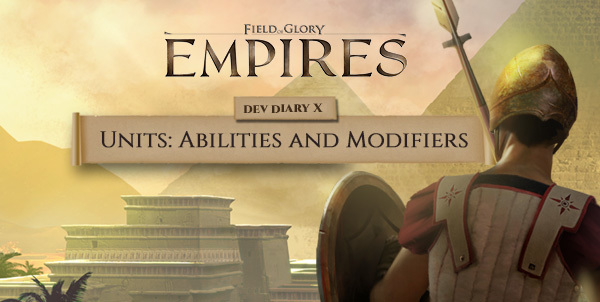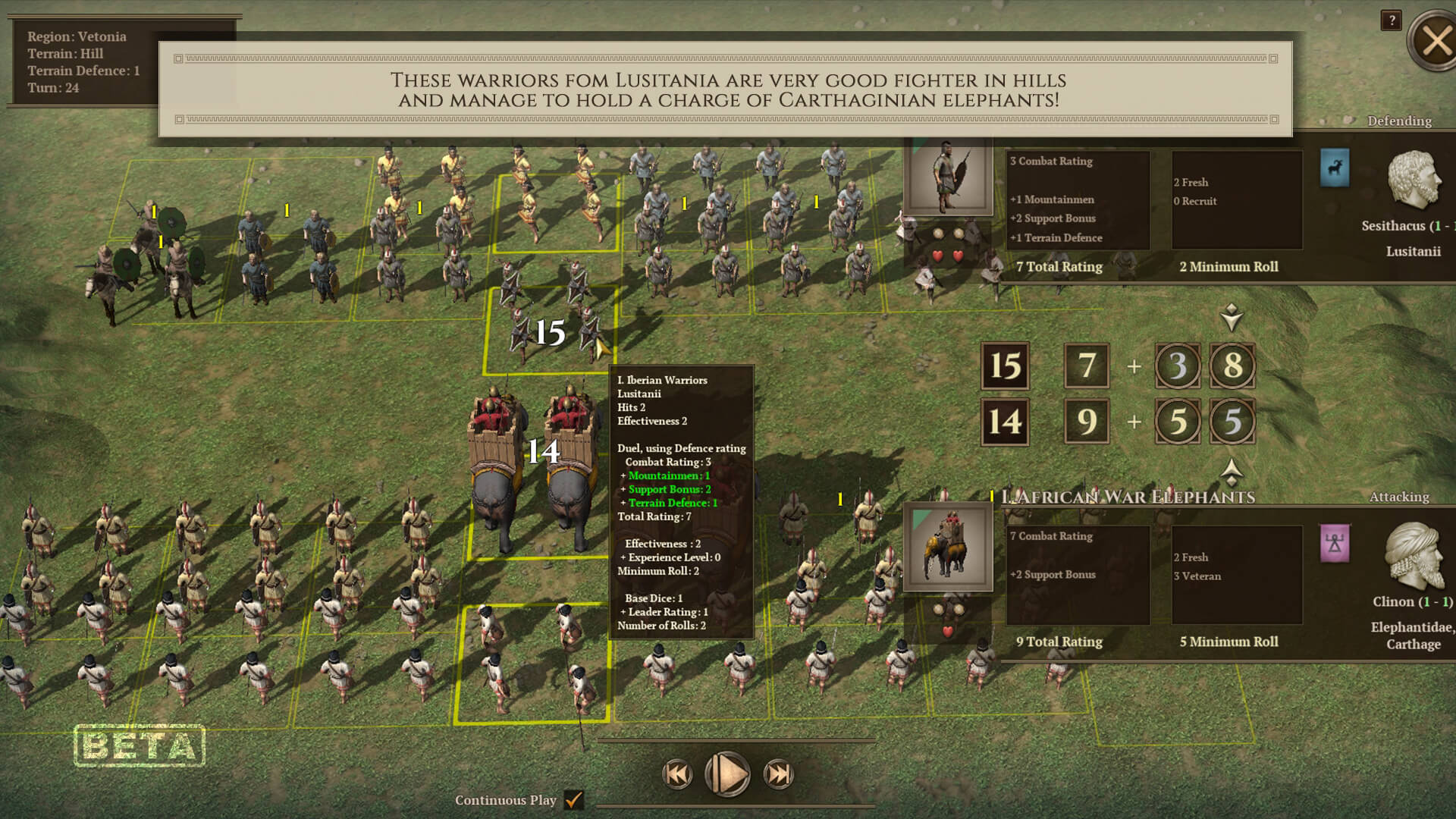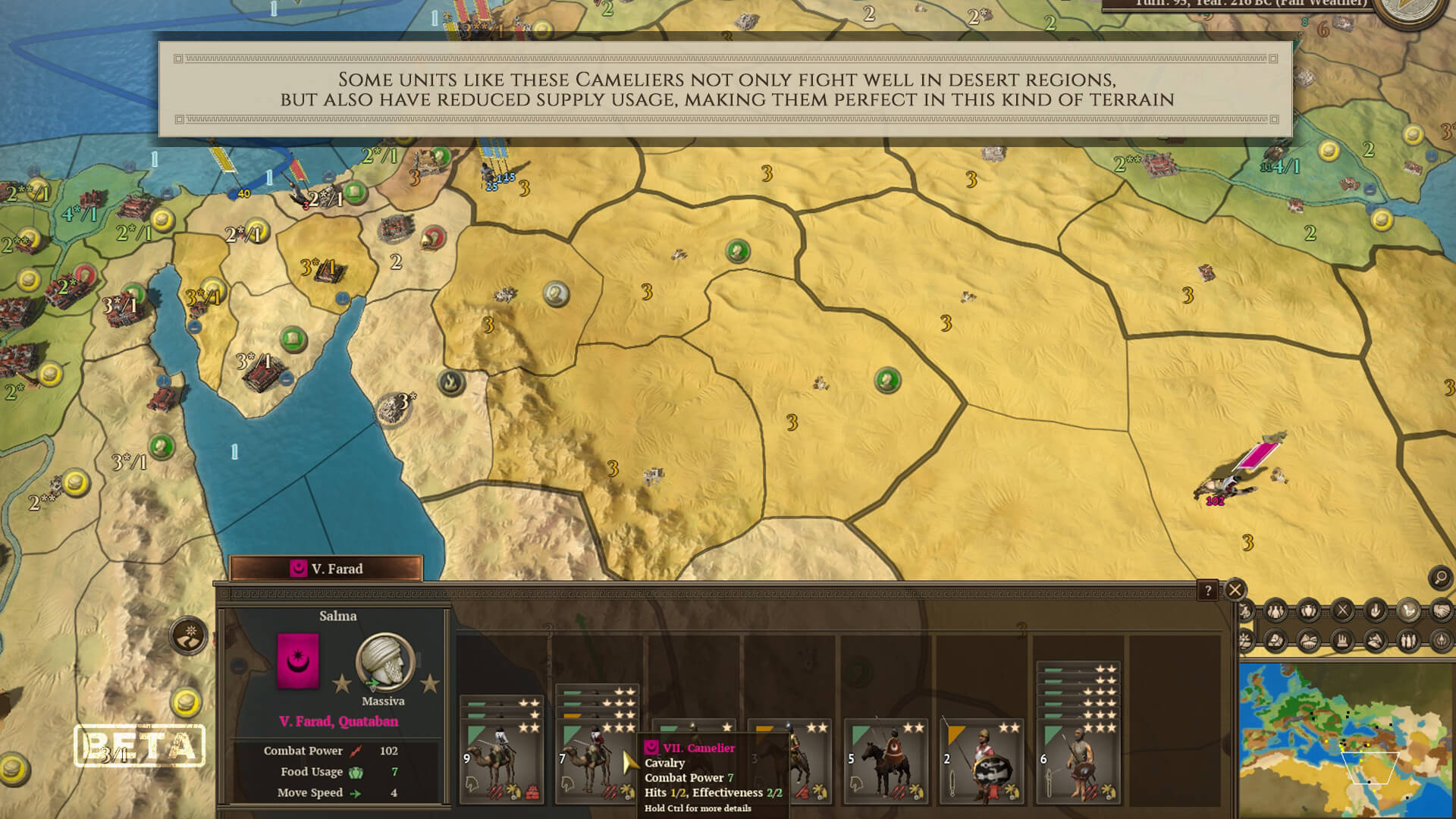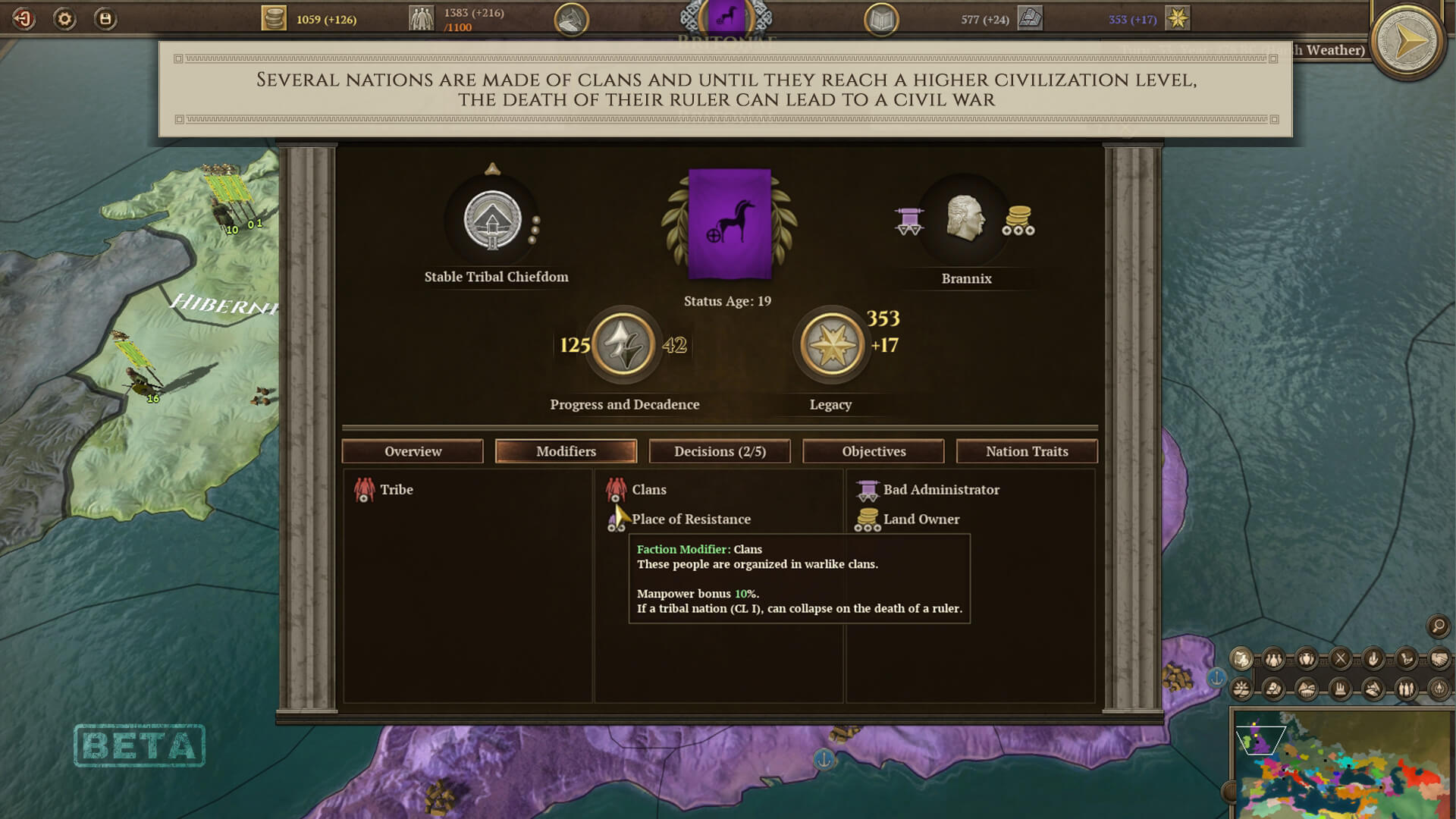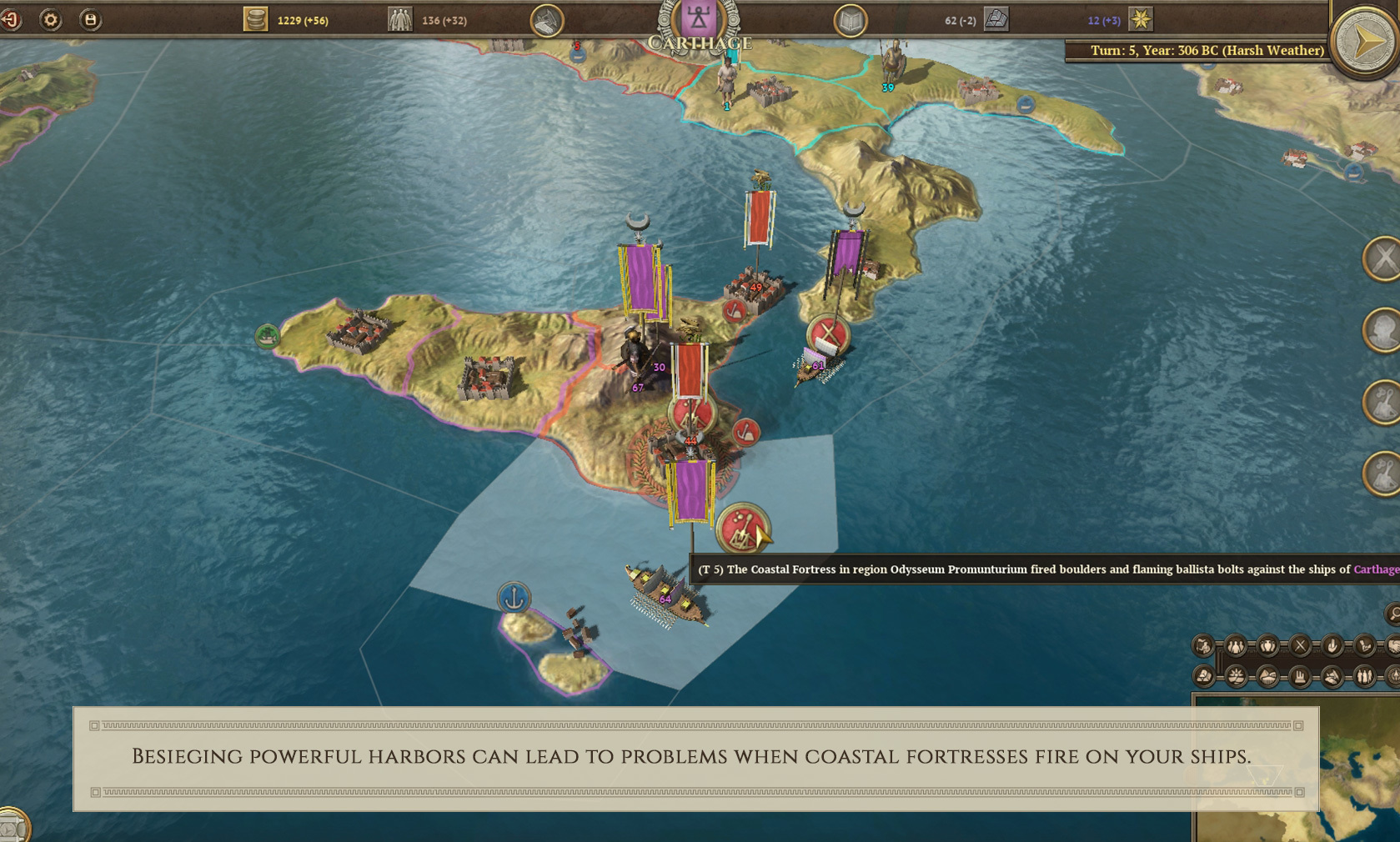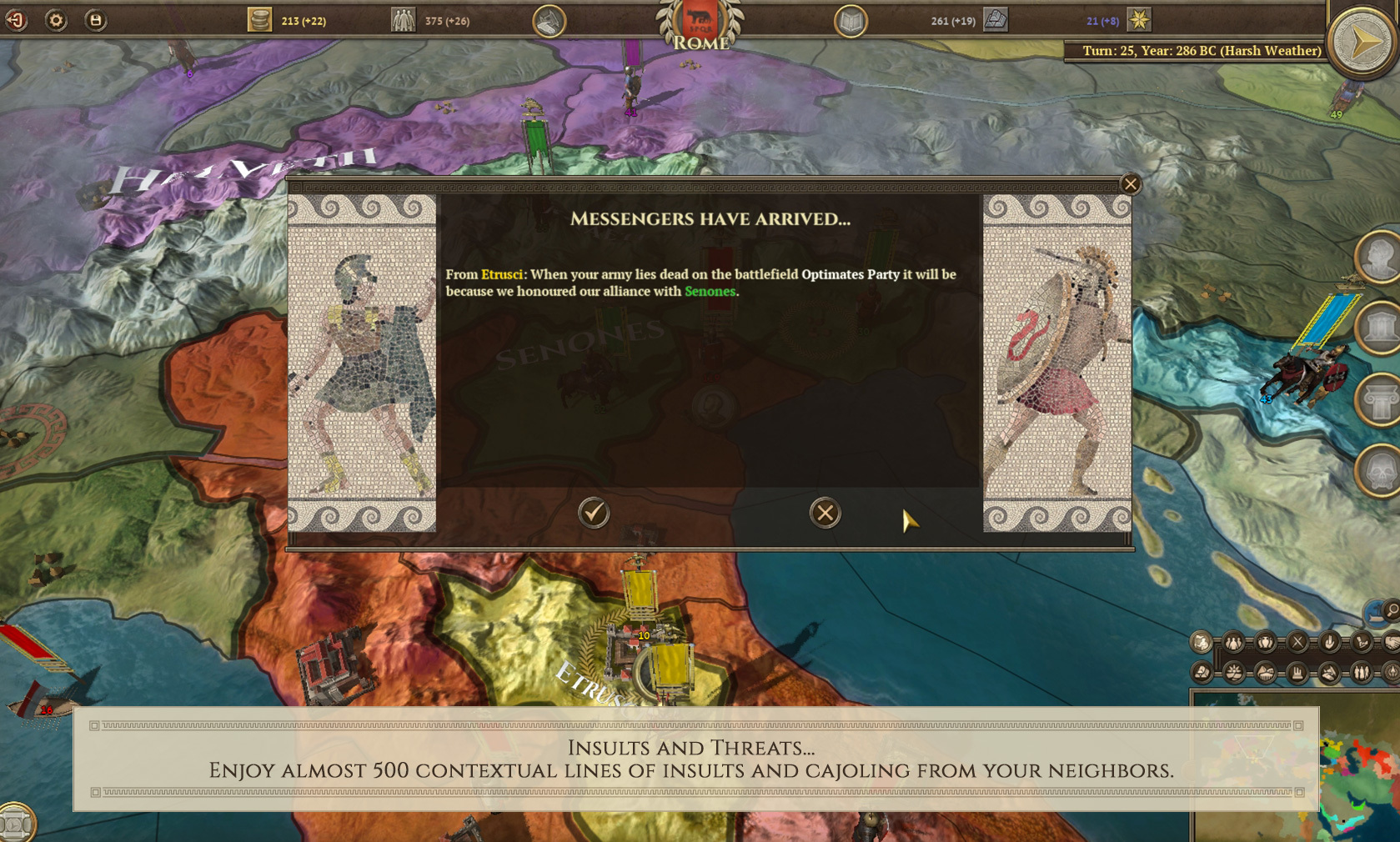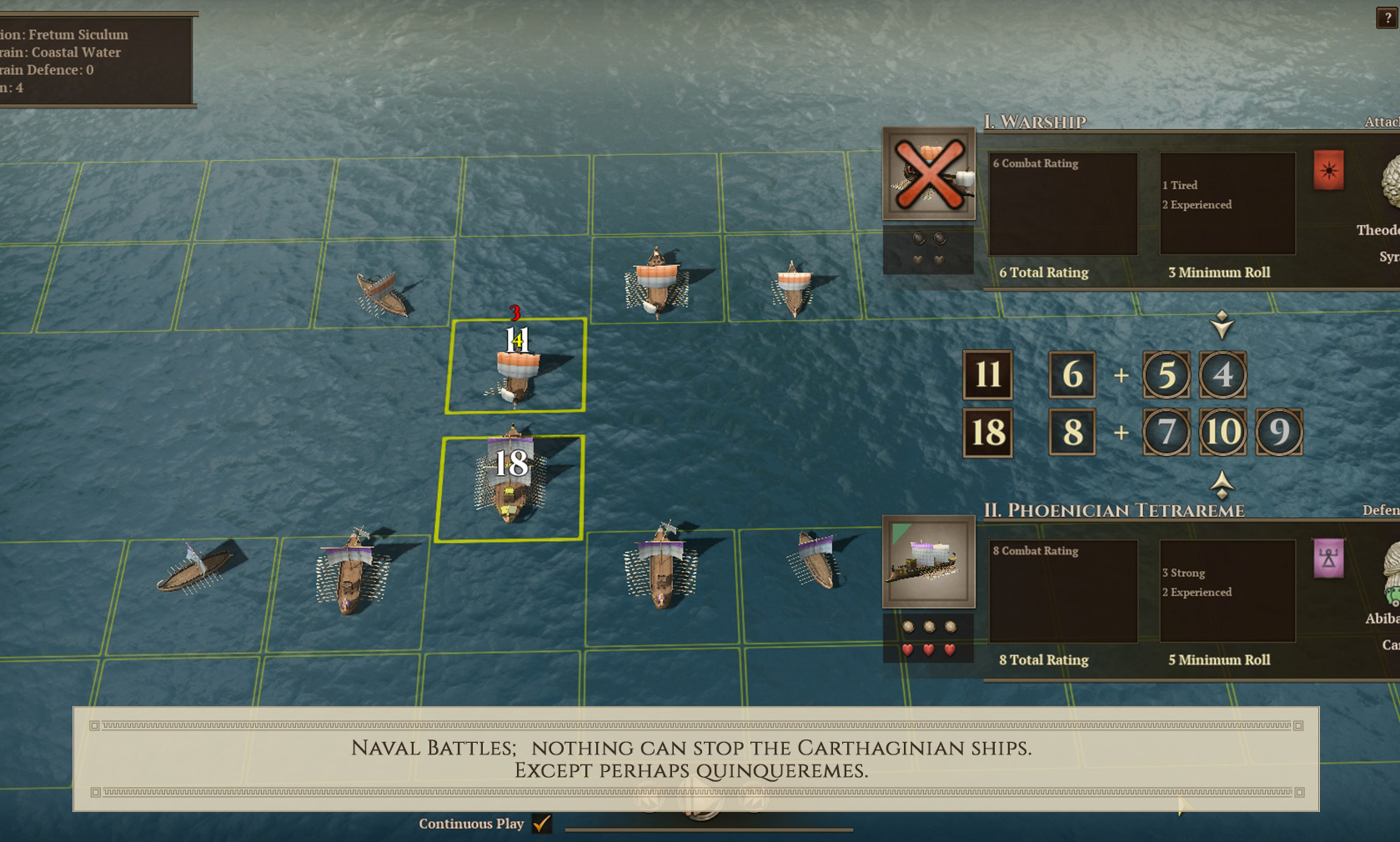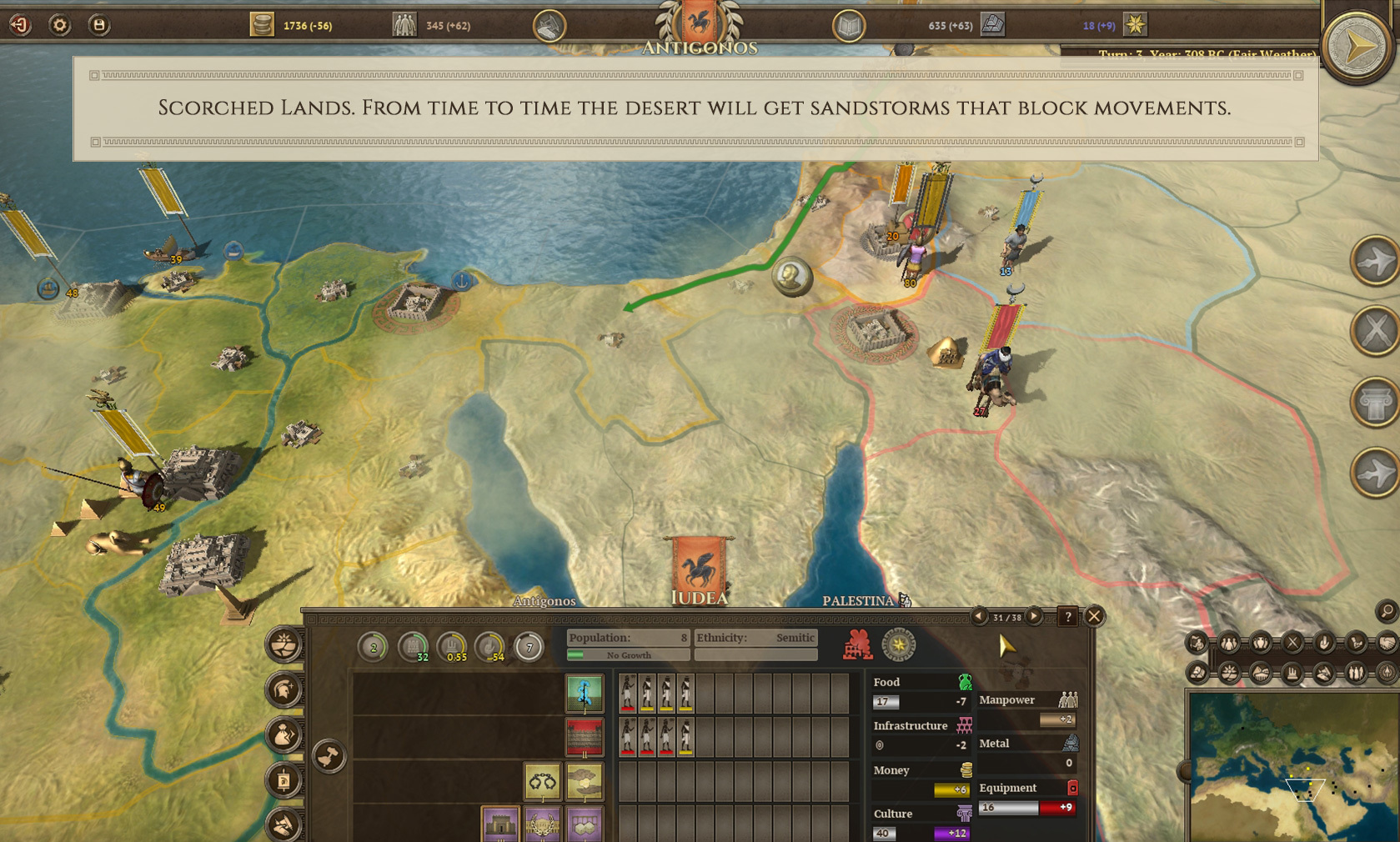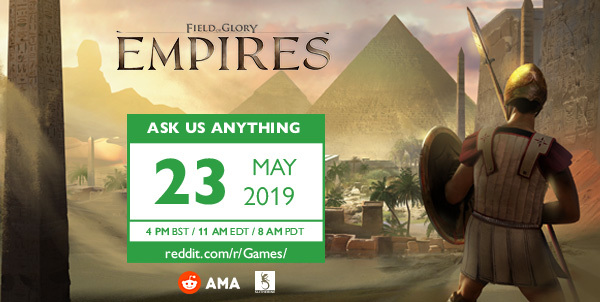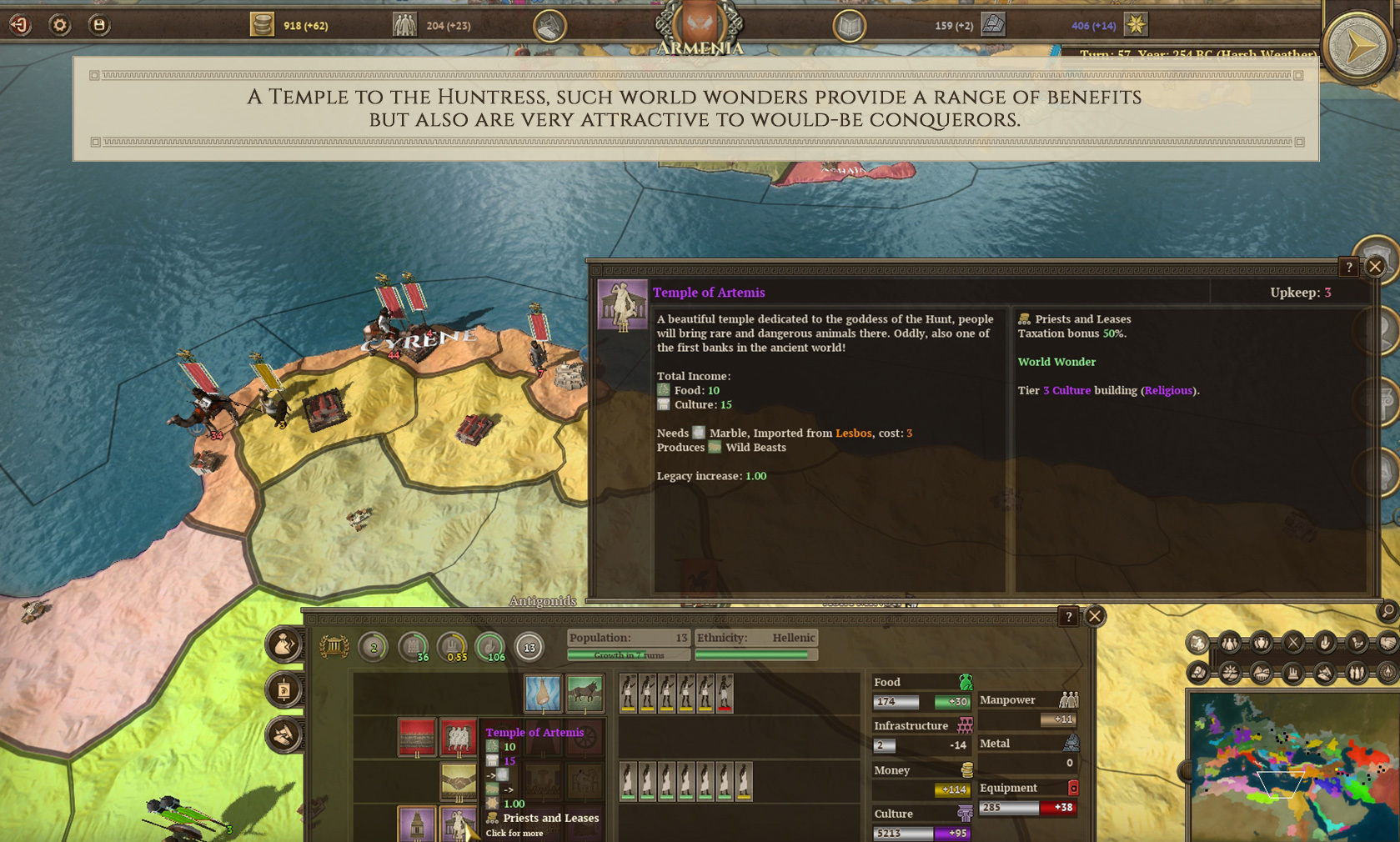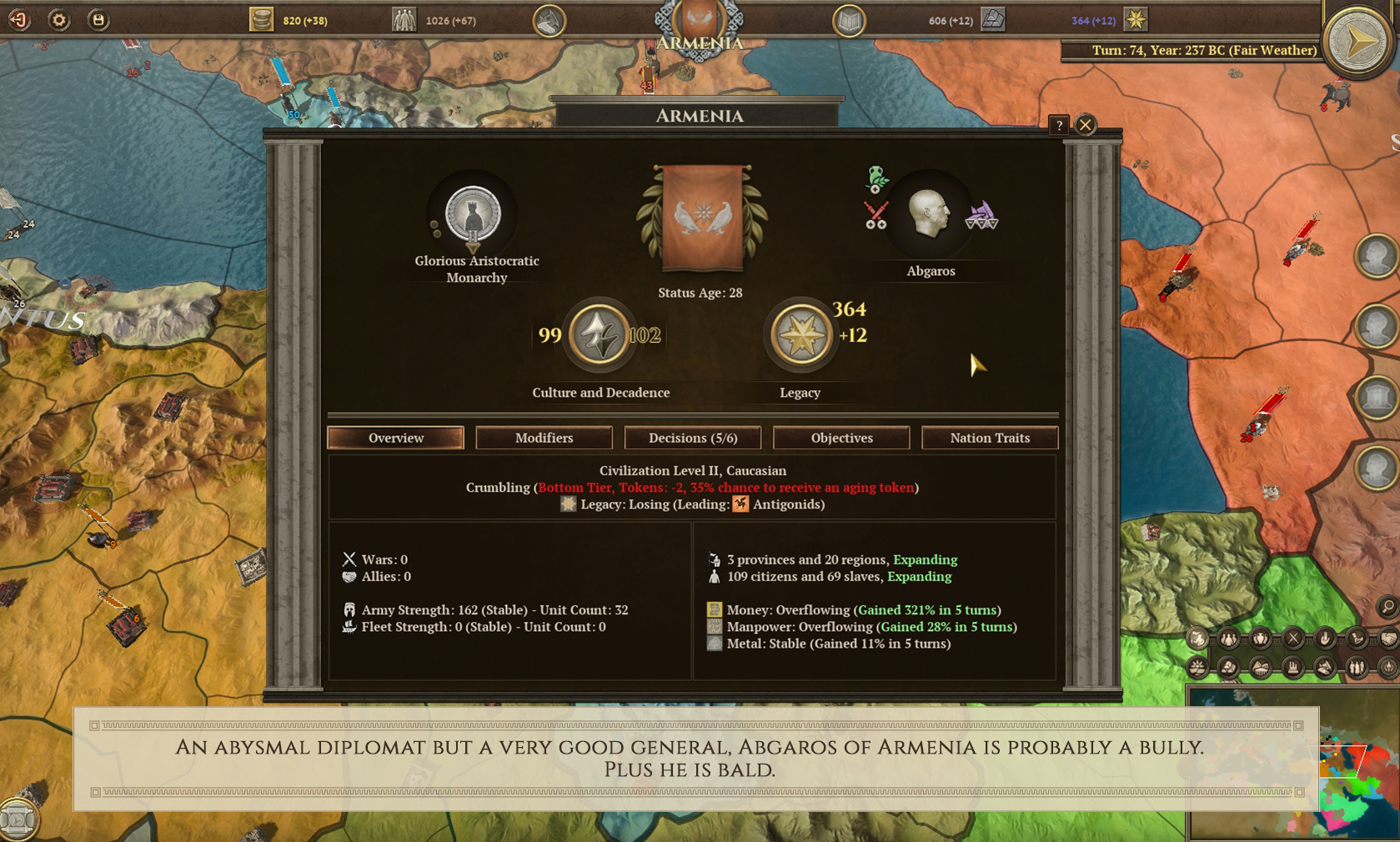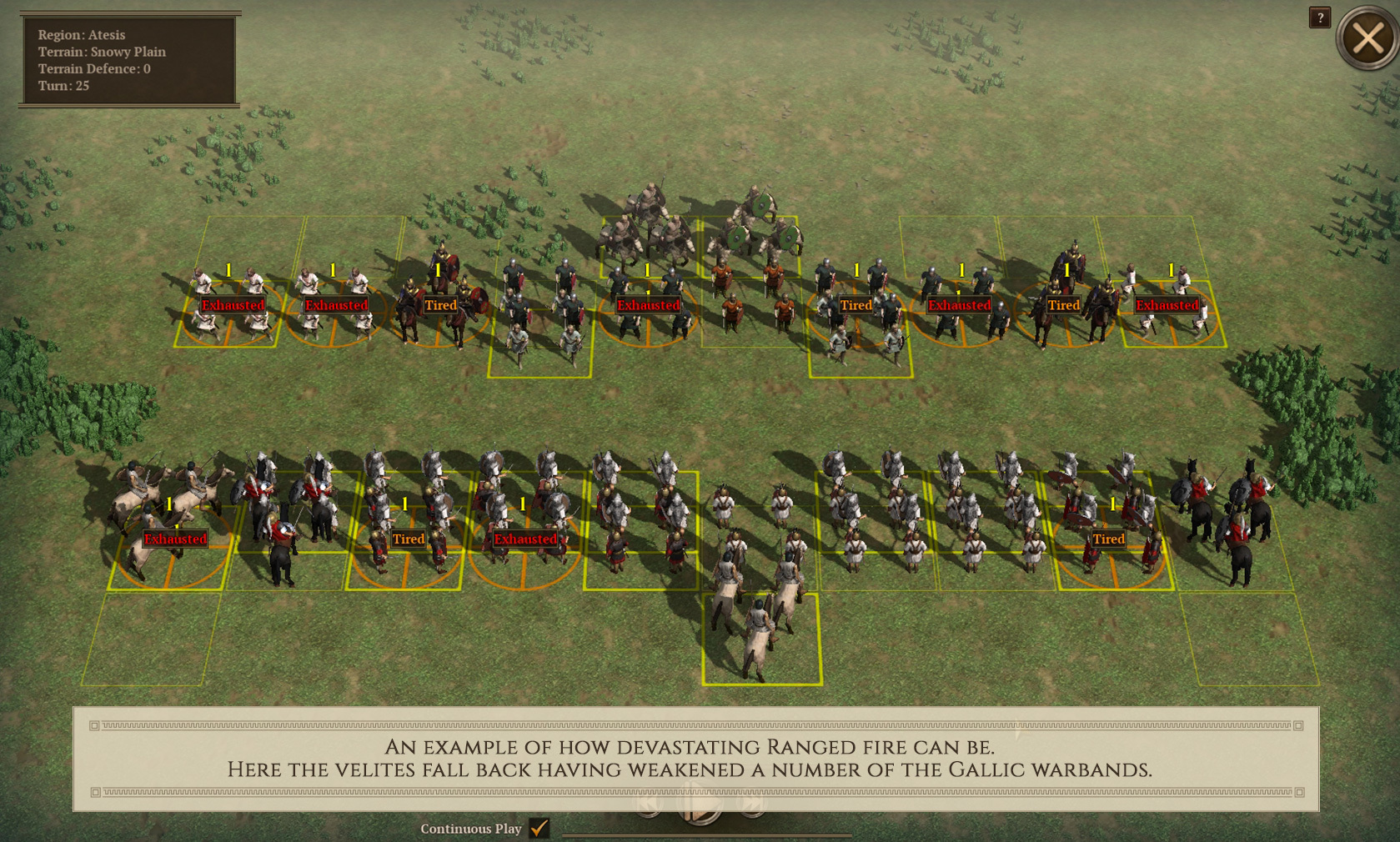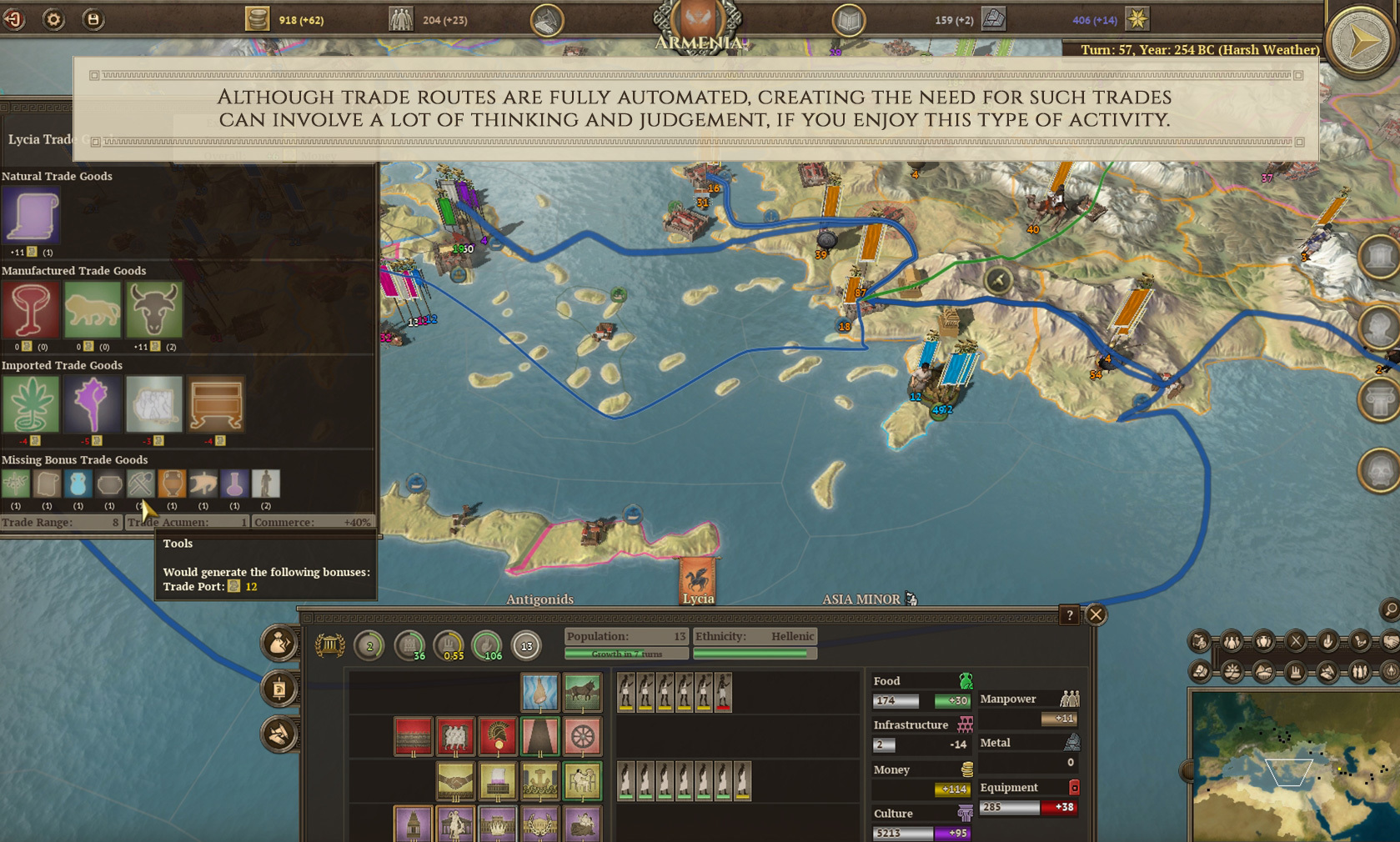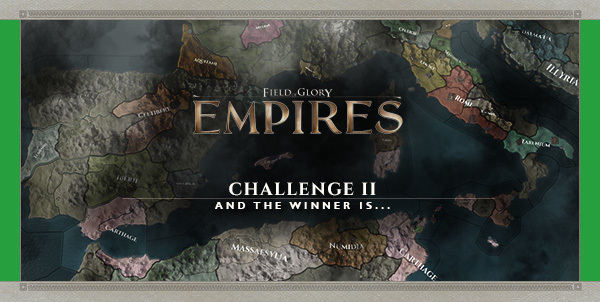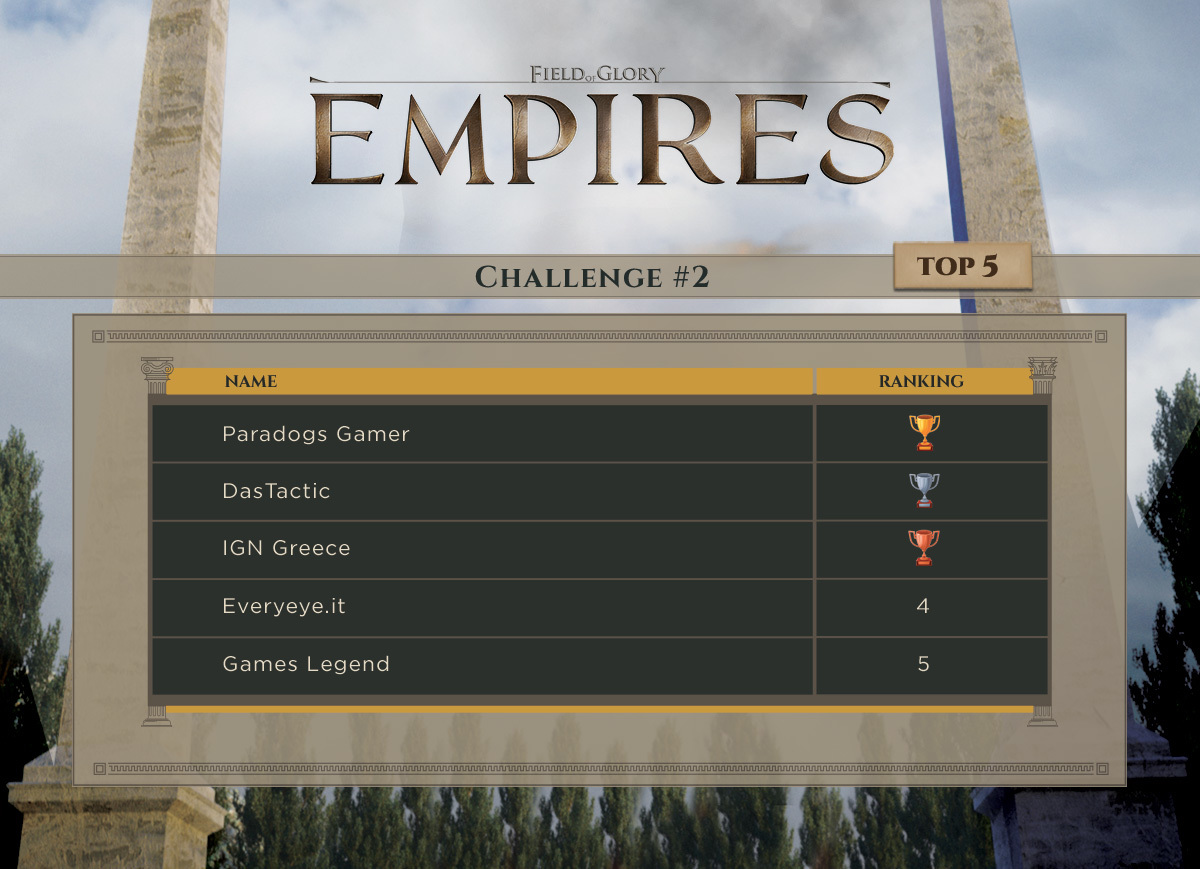
Jun 12, 2019
Field of Glory: Empires - SlithFox

Mark the date into your calendar (Julian Calendar of course), as Field of Glory: Empires will be released on July, 11th!
In a month you’ll be able to forge your civilization and lead it toward the heights of History!
Are you still on the fence about Field of Glory: Empires? Maybe this short video will help you!
Check out “What is Field of Glory: Empires in 2 minutes”
www.youtube.com/watch?v=xmCw9XZuhIQ&feature=youtu.be






